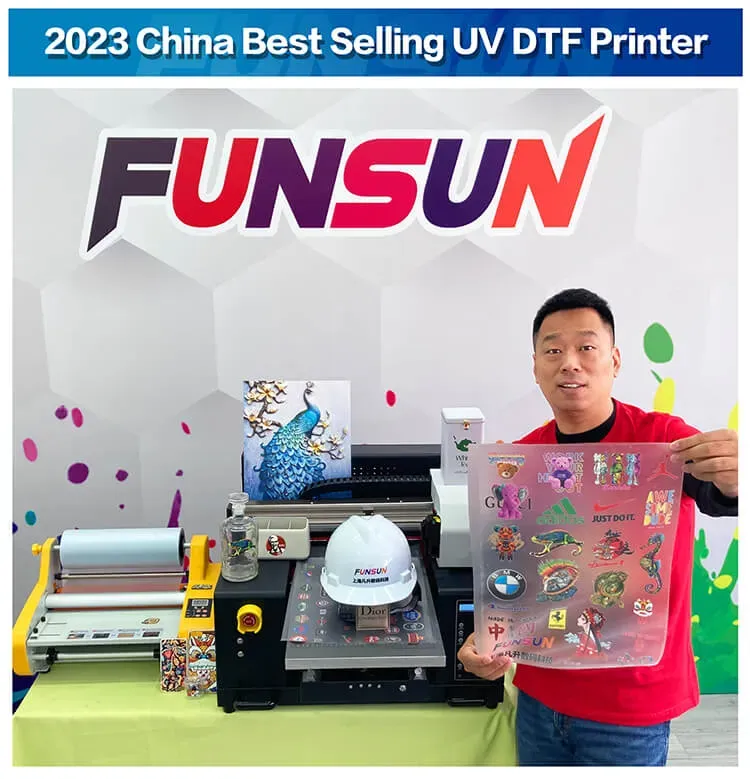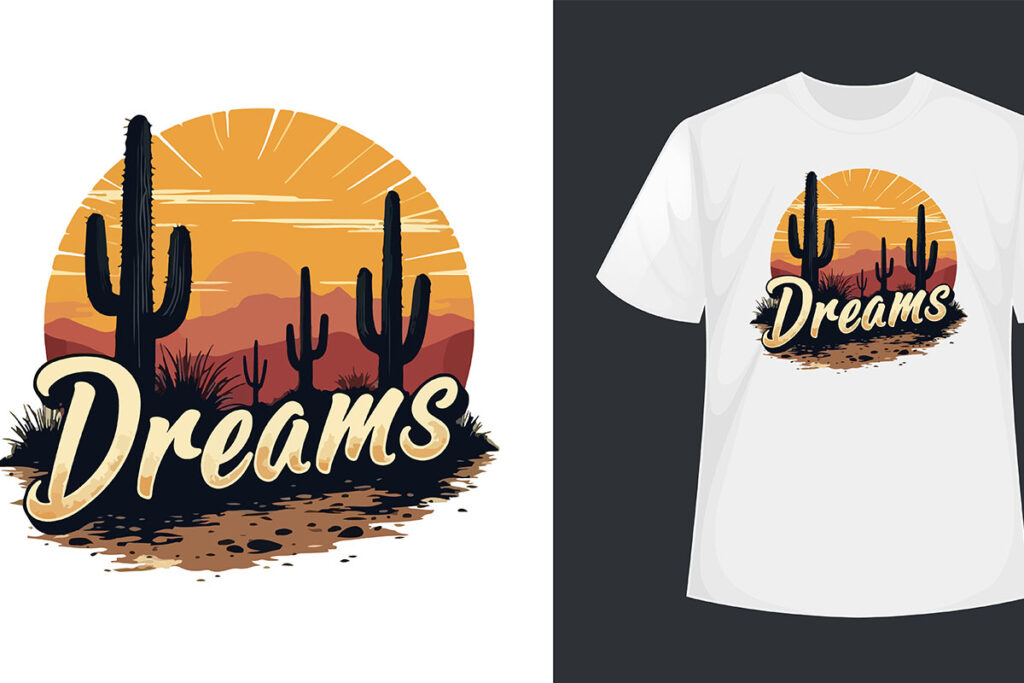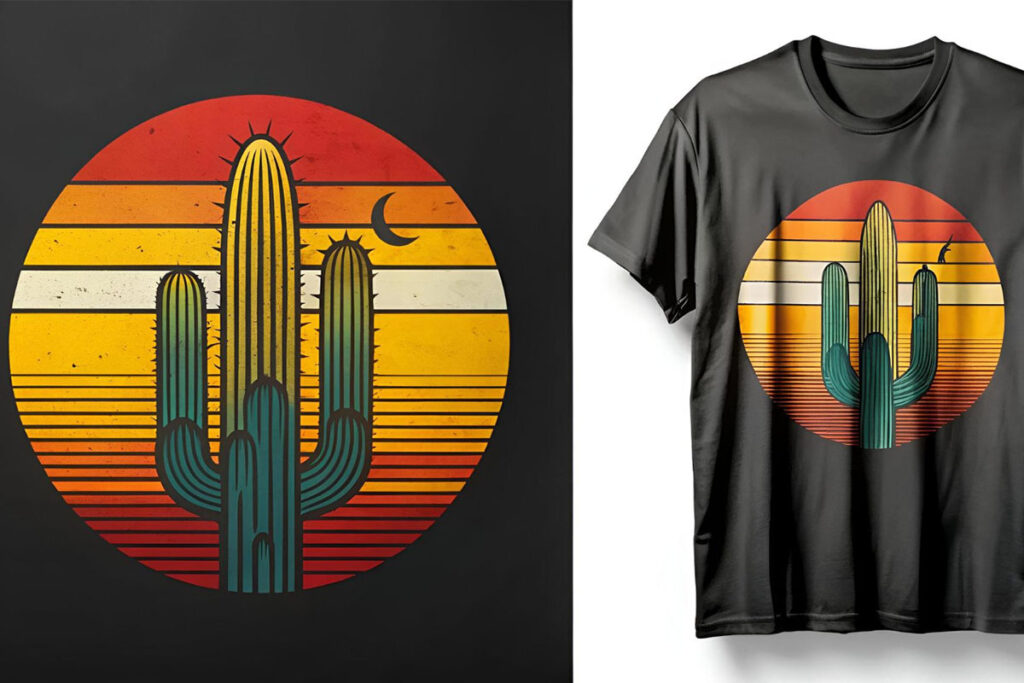In the dynamic realm of printing technology, **UV DTF printing** has emerged as a revolutionary process that transforms how colors and designs are captured on various surfaces. Leveraging the unique capabilities of ultraviolet light, this technique solidifies ink on substrates, leading to vibrant printing solutions that boast unmatched color saturation and intricate detail. As businesses and creators seek eco-friendly printing options without compromising quality, UV Direct-to-Film printing stands out for its ability to utilize fewer volatile organic compounds (VOCs). This innovative approach not only caters to diverse materials but also opens the door to creative possibilities, making it a favored choice among artists and manufacturers alike. In this blog, we will explore the fundamentals of UV DTF printing, its advantages, and how it is reshaping the future of printing technology.
Often referred to as **Ultraviolet Direct-to-Film printing**, this cutting-edge technique represents a significant leap forward in the field of UV printing technology. By expertly fusing ink onto a variety of substrates, this method allows for the creation of stunning, vibrant designs that are durable and eye-catching. With the added benefit of being eco-conscious, this approach aligns perfectly with the growing demand for environmentally friendly printing solutions. Moreover, the advent of 3D texturing in printing further enhances the visual appeal, allowing for tactile experiences that traditional methods fail to deliver. As we delve into the intricacies of this innovative printing process, we will uncover the diverse applications and advantages that make UV DTF printing a game-changer for both casual creators and professional enterprises.
Understanding the Basics of UV DTF Printing
UV DTF printing, short for Ultraviolet Direct-to-Film printing, represents a revolutionary approach in the printing sphere that leverages ultraviolet light to cure ink on various materials. This process not only allows for vibrant color output but also ensures that fine details are captured with remarkable precision. Unlike other printing methods, UV DTF propagates a seamless transition of colors over different surfaces – be it on textiles, plastics, or glass – providing a versatile platform for artistic and commercial applications.
The essence of UV DTF printing lies in its ability to bring designs to life with striking contrasts and saturation levels that are hard to replicate using traditional techniques. This technology is not merely limited to commercial enterprises; it can also empower individual artists and makers to personalize their projects with professional-grade outputs. As creativity flourishes, UV DTF emerges as a game-changer, promoting innovative crafting possibilities for everyone.
The Advantages of UV DTF Printing
One of the standout features of UV DTF printing is the striking vibrancy of colors achievable through this method. The curing process using UV light solidifies the ink upon application instantly, ensuring that the prints maintain their brilliance and do not fade over time. This is especially appealing for businesses that require visually stunning graphics for branding or for artists whose work relies on precise detailing and color accuracy. Such quality makes UV DTF printing an essential tool in many industries, from fashion to interior design.
Additionally, the adaptability of UV DTF printing across various substrates opens a wide array of opportunities. Whether it’s printing on unconventional materials like leather, wood, or even metal, the technology’s versatility facilitates unique design applications that conventional printers cannot achieve. The ability to print on diverse surfaces without compromising quality positions UV DTF printing as a preferred choice for creative professionals.
Sustainability in UV DTF Printing
With growing environmental concerns, the eco-friendly aspect of UV DTF printing cannot be overlooked. This innovative printing technology utilizes significantly fewer volatile organic compounds (VOCs) compared to traditional printing inks, reducing its overall environmental footprint. By opting for UV DTF printing, businesses not only benefit from high-quality prints but also contribute to a more sustainable future, aligning with the increasing consumer demand for eco-conscious practices.
In addition to lower VOC emissions, UV DTF printing’s durability adds another layer of sustainability. The prints generated are resistant to scratching and fading, which translates to longer-lasting products that don’t need frequent replacement. This durability fosters reduced waste and promotes resource efficiency, embodying a holistic approach to sustainable printing solutions.
3D Texturing in UV DTF Printing
One of the most exciting advancements in UV DTF printing is the emergence of 3D texturing capabilities. This feature allows for the creation of raised designs that can add depth and dimension to printed materials, enhancing the tactile experience of the product. Printers with this capability can produce intricate textures that mimic natural surfaces or create custom designs that stand out visually and physically.
The integration of 3D texturing technology opens numerous avenues for creative expression, empowering artists and designers to push the boundaries of traditional print. Whether it’s developing promotional materials with an engaging touch or crafting personalized gift items, 3D texturing elevates UV DTF printing to a new level of creative potential, making it an invaluable asset in industries focused on innovation and customer engagement.
Recent Innovations in UV Printing Technology
The field of UV printing technology is witnessing rapid advancements, which are redefining the landscape of printing methods. For instance, the introduction of the eufyMake UV Printer E1 marks a significant milestone as the first personal 3D texturing UV printer designed for home use. This technology democratizes access to high-quality printing, allowing hobbyists and small businesses to leverage professional-grade capabilities without the need for extensive investment.
Such innovations not only enhance the efficiency and quality of prints but also encourage new users to explore their artistic potential. By lowering the barrier to entry for advanced printing technologies, these developments inspire creativity and support a burgeoning community of makers and entrepreneurs eager to explore the benefits of UV DTF printing.
The Future of UV DTF Printing
The future of UV DTF printing appears bright, with continuous research and innovation focused on improving both technology and applications. As industries adapt to digital transformation, UV DTF printing stands poised to play a pivotal role in facilitating this shift, particularly with its capacity to provide on-demand printing solutions for customized products, thereby enhancing customer experience.
Looking ahead, we can expect to see enhancements in speed, quality, and sustainability within UV DTF printing technologies. Additionally, as consumer expectations evolve, the demand for vibrant printing solutions will push manufacturers to further innovate, ensuring that UV DTF remains a leading choice for quality and creativity in the printing landscape.
Frequently Asked Questions
What is UV DTF printing and how does it work?
UV DTF printing, or Ultraviolet Direct-to-Film printing, is a cutting-edge technology that uses UV light to cure ink applied to films, enabling vibrant and detailed designs on various surfaces. This process involves printing on a film which is then transferred onto the desired substrate, allowing for high-quality graphics with excellent color vibrancy and sharp details.
What are the benefits of using UV DTF printing technology?
The advantages of UV DTF printing technology include its ability to produce vibrant colors and sharp details, print on a wide range of substrates including wood, leather, and glass, and create eco-friendly designs with minimal VOCs. Additionally, UV DTF prints are durable and resistant to fading, making them ideal for long-lasting applications.
Can UV DTF printing be used for eco-friendly printing solutions?
Yes, UV DTF printing is considered an eco-friendly printing solution due to its lower emissions of volatile organic compounds (VOCs) compared to traditional solvent inks. This makes UV DTF a sustainable option for businesses looking to reduce their environmental impact while maintaining high-quality prints.
What types of materials can be printed using UV Direct-to-Film technology?
UV Direct-to-Film technology is highly versatile, capable of printing on a wide array of materials including plastics, metal, acrylic, wood, leather, and glass. This broad compatibility opens up creative possibilities for artists and businesses to produce customized items across different substrates.
How does 3D texturing in UV DTF printing enhance printed designs?
3D texturing in UV DTF printing enhances printed designs by adding a tactile element that can increase visual interest and depth. This technique allows for layers of ink to be applied in varying thicknesses, creating a raised effect that adds dimension to graphics, making them more engaging and visually appealing.
Is UV DTF printing suitable for small businesses and hobbyists?
Absolutely! UV DTF printing is suitable for small businesses and hobbyists, especially with innovations like the eufyMake UV Printer E1, which offers personal 3D texturing capabilities. This accessibility allows users at all levels to create professional-quality prints, making it a valuable tool for personal projects and entrepreneurial ventures alike.
| Key Point | Details |
|---|---|
| What is UV DTF Printing? | A printing method using UV light to cure ink on various substrates, achieving vibrant colors and fine details. |
| Advantages | 1. **Vibrant Colors and Sharp Details**: Exceptional color saturation and contrasts. 2. **Wide Range of Substrates**: Can print on diverse materials like wood, leather, and glass. 3. **Eco-Friendly**: Uses fewer VOCs than traditional methods. 4. **Durability**: Designs resist scratching and fading. |
| Recent Developments | 1. **eufyMake UV Printer E1**: First personal 3D-texturing UV printer, affordable for non-professionals. 2. **Expanding Applications**: Used in DIY projects and crafts, enhancing personal creativity. 3. **Industry Events**: Platforms showcasing innovations and sustainability efforts in printing. |
Summary
UV DTF printing is revolutionizing the way we approach design and personalization in the printing world. This innovative technology not only provides exceptional color vibrancy and detail but also offers versatility across various substrates such as wood, glass, and leather. As we explore the advantages of UV DTF printing—including its eco-friendly nature and durability—we recognize its growing significance among artists and businesses alike. The recent emergence of user-friendly printers like the eufyMake UV Printer E1 reflects a democratization of high-quality printing technology, allowing more creators to explore their artistic potential. With ongoing developments and industry support, UV DTF printing continues to open new avenues for creativity and innovation in both personal and commercial realms.



